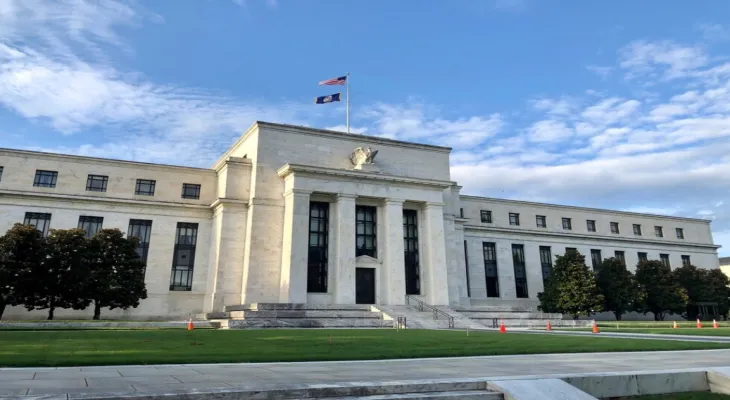Search here
Newspaper
Search here

Arab Canada News
News

Published: December 18, 2024
The U.S. Federal Reserve announced a rate cut of 0.25%, bringing it to a range between 4.25% and 4.5%, continuing its easing monetary policy in line with financial market expectations.
Inflation and Slow Progress:
This decision comes despite the acceleration of annual inflation in November to 2.7% compared to 2.6% in October. Although inflation has significantly decreased from its peak of 9.1% in June 2022, progress towards the Federal Reserve's core target of achieving a 2% inflation rate has notably slowed in recent months.
Labor Market:
Regarding the labor market, the unemployment rate rose to 4.2% after remaining stable at 4.1% for two consecutive months. The U.S. Labor Department's report showed a surge in job growth in November, with non-farm jobs increasing by 227,000. However, November saw a reduction of 57,727 jobs, making it the fourth worst month for job cuts since the financial crisis of 2008.
Consumption and Expenditure Indicators:
The Personal Consumption Expenditures (PCE) Index rose by 2.3% year-on-year through October, while the core personal consumption expenditures index, which excludes food and energy, was at 2.8%, consistent with expectations.
Retail Sales:
U.S. retail sales experienced a growth of 0.7% in November, reaching $724.6 billion compared to $719.7 billion in October. Sales also increased by 3.8% year-on-year, reflecting continued consumer spending, despite rising interest rates putting pressure on economic demand.
Statements from the Fed Chair:
Jerome Powell, Chair of the Federal Reserve, confirmed that the U.S. economy shows stronger resilience than expected last September. He emphasized the need for caution in future rate cuts to ensure a balance between combating inflation and supporting economic growth.
This decision represents a new attempt by the Federal Reserve to address ongoing economic challenges, with close monitoring of inflation and labor market data in the coming months.
Comments